桑葚 : Taiwan's Berry
announcing our newest dried fruit, limited edition
This is Yun Hai Taiwan Stories, a newsletter about Taiwanese food and culture by Lisa Cheng Smith 鄭衍莉, founder of Yun Hai. If you aren’t yet a subscriber, sign up here.
This week, I have the pleasure of announcing the limited release of a new dried fruit for holiday.
It’s special, it’s exquisite, and it’s very Taiwanese: dried mulberry, an unsung hero of the Taiwanese fruit line up. Mulberry trees are common throughout the island (there are seven species, at least), but the fruit is most often found grown at home, foraged, and shared among friends, since the berries are notoriously difficult to harvest.
We love them and are so happy to offer them this season. This is a limited release, so when they’re gone, they’re gone. Unless hundreds of you ask us to bring them back sometime before next spring. Read on for more about this delightful fruit.
I can hardly believe I’m saying this, but we’re rapidly ramping up for the holiday season (gah). Almanacs are almost done printing, the store is getting an entire new back counter in very early December, a new artist-collaborative merch line is in the works with Taiwanese artist Emilie Liu, new gift bundles are dropping later this month, and we’re planning a fun tasting and shopping event in the store, highlighting our favorite Taiwanese heritage products (ya, soy sauce) and maybe premiering my Taiwanese-inspired marshmallows. Save the date—December 14th. Thank you for considering us this holiday; your decision to shop with us makes our world go ‘round!
Finally, don’t miss our Pineapple Cake event next week at our New York City storefront with Rose’s Pineapple Shorts, happening Saturday, November 15th. We’re running it Sunny Hills style, with a free sample and oolong tea for all. Swing by the shop to pick up a box of six for your holiday gathering. Scroll to the end for deets.
Ok, I’m officially homesick.
I’m supposed to be writing about our new (phenomenal) dried mulberries, but, as I dive into my photo archives in search of all my past berry encounters, I keep getting sucked into beautiful images of fruit stands, giant vintage clocks hung on the stuccoed walls of alleyways, and stacks and stacks of faded, colorful, neatly maintained produce crates.
I’m talking about the streets of Kaohsiung, people! A gem of southern Taiwan. Just look at it:
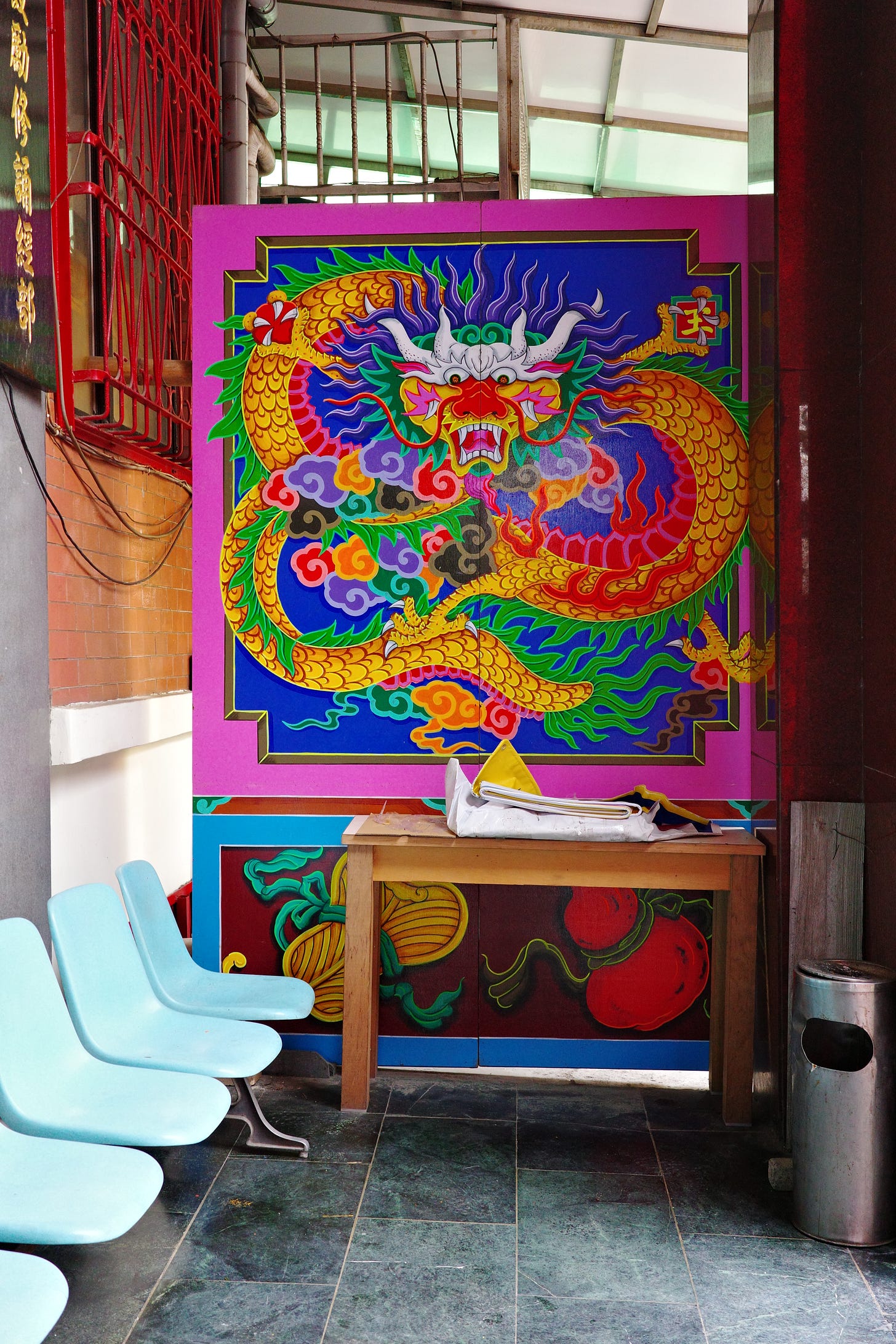
This is relevant today because it was here that I fell in love with the mulberry. Here’s the dish that made the Taiwan-Mulberry connection click for me:
It’s fresh mulberry shaved ice with ✓whole berries, ✓mulberry syrup, ✓salted starfruit syrup, ✓condensed milk, and ✓flan at Po Po Ice near the Kaohsiung City Harbor. This is among the best desserts I’ve had: the rich taste of the inky berries was offset perfectly by the salty citrus flavor of the brined starfruit. The flan was absolutely glistening, almost its own light source entirely.
Pairings, texture, and over-the-top descriptions aside, what’s special about this dessert is its high seasonality and significance to Taiwan. As far as the Taiwanese fruit scene goes, mulberry comes up much less often than tropical charmers like mango and pineapple. But it is Taiwan’s berry, rooted in a rich history of sericulture (silkworm cultivation) and agricultural development. Mulberries were first introduced to Taiwan from China in the 17th century; and many more additions were brought from Japan, Australia, South Asia, and Central America. Taiwan is home to seven identifiable mulberry species and many other unidentified populations produced from the cross pollination of the trees. As silk production declined, some began to cultivate trees better suited to the production of fruit, as mulberries are well-loved for their health benefits.
Still, despite the widespread presence and long history of mulberry in Taiwan, commercial cultivation is uncommon, compared to other better-known fruits and crops. The harvest season is short (just one month), and the fruit is extremely delicate, with a limited shelf life. It must be harvested by hand, which is labor intensive. It doesn’t withstand transportation and packaging all that well, so the harvest is most often preserved as a jam (yes we sell one), which is then used directly as a fruit sauce, made into a cordial (mix jam concentrate with seltzer for a spritzer, alcohol optional), or poured over shaved ice à la Po Po.
Here’s a quote from a 2023 mulberry article posted on News Market, one of our favorite Taiwanese agriculture blogs:
The sweet and sour mulberries are a traditional snack for farmers, but not many people cultivate them for commercial purposes. Because cultivation and harvesting rely on manual labor, and the harvest and sales period is short, the planting area has been declining year by year. Currently, there are only 56.92 hectares of mulberry trees in Taiwan.
Only 56.92 hectares of cultivated trees? This is minuscule compared to the quoted 16,313 hectares of mango trees grown in Taiwan. In many ways, mulberry is the most common of fruits, easily forageable from wild mulberry trees, and often shared among neighbors. Lillian, my partner in all things Yun Hai, used to pick them from a tree in the backyard of her kindergarten, standing on top of a big rock. But when it comes to commercial cultivation, it’s truly rare.
Yun Hai’s newest team member Grace (welcome!), reminisced with me yesterday about how her mother would collect berries and preserve them in sugar, used to make a drink later. This is a typical practice when it comes to mulberries, as the shelf life is incredibly short but the fruit is plentiful, and Taiwanese are experts at processing crops for preservation.
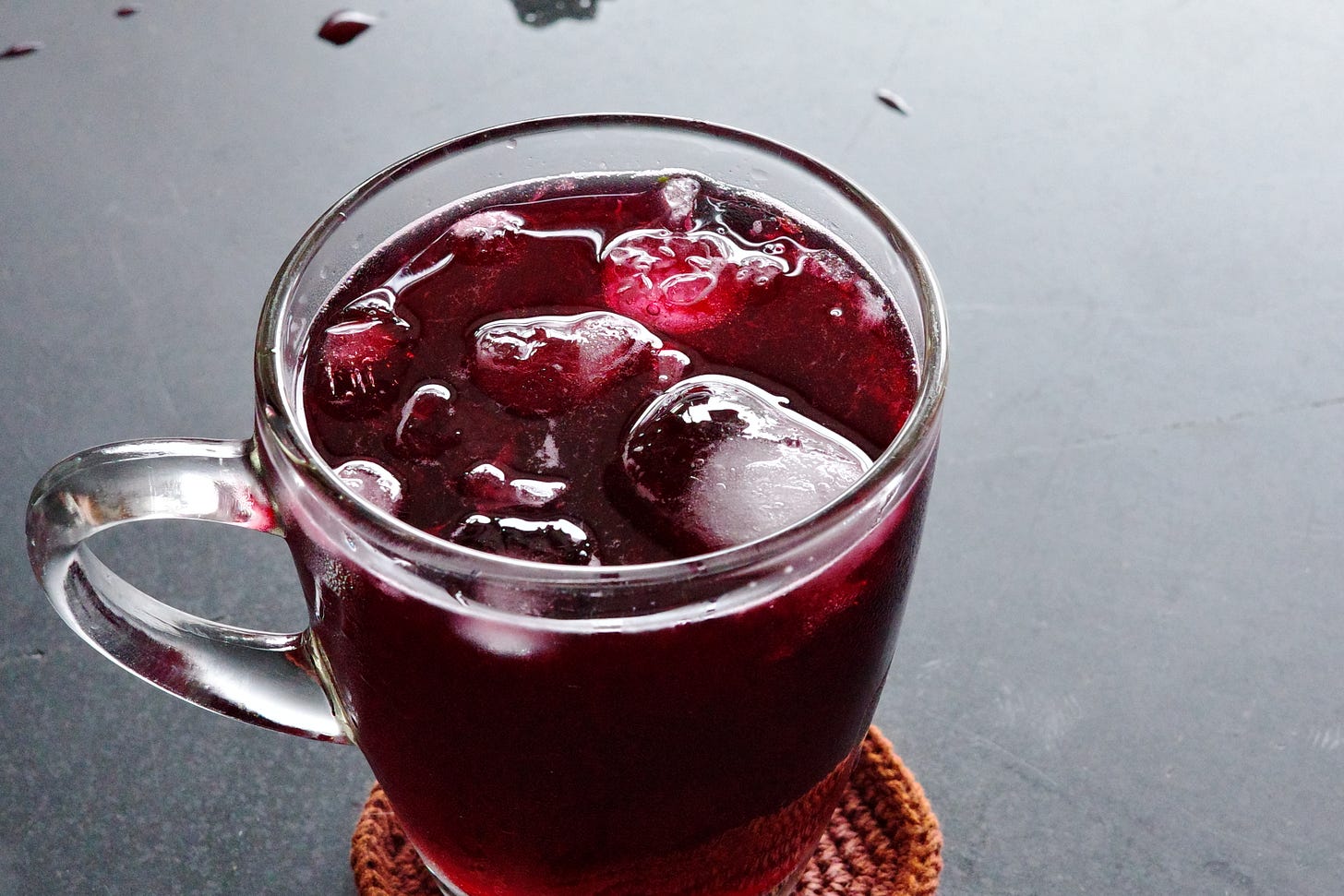
So, though this dessert is topped with a glossy, attention-grabbing flan, the real rarity here is the mulberry, harvested lovingly by hand from a darling fruiting tree, transported gently to avoid bruising, and appearing for just a very short time on the menu of this ABSOLUTELY DELIGHTFUL AND NOT TO BE MISSED ice shop near Kaohsiung’s City Harbor. While you’re there, don’t miss the tomato slices, dipped in soy paste and licorice, or the mung bean mash on top of almond bean curd. Also the perfect fruit stand I showed earlier is actually a sub-area of this Po Po Ice, so please go bask in that glow, too.
Now onto our newest product:
Dried Mulberry
Having learned and experienced all this about mulberries, I’m overjoyed to announce that we are adding this hard-to-find fruit to our collection. Because of the short season and scant availability, we are not always able to get it, but this year, we have it for the holidays.
This dried fruit is incredibly unique, and not quite like anything I’ve had before. The mulberry flavor is rich and condensed, and with all the crunchy seeds, the texture is almost like a dried fig. Though we do add sugar to the fruit because it’s necessary to preserve them (mulberries don’t have enough sugar on their own), they are only lightly sweet, and the natural, almost savory, taste of the fruit shines through.
Handfuls of berries are packed into small boxes, a new and experimental dried fruit form factor for us. But don’t be fooled by the size—each pack contains roughly 130 handpicked berries. Yes, one hundred and thirty. I counted them carefully, three times, with chopsticks in front of everyone in the office.
I would recommend enjoying these on their own as an afternoon snack, accompanied by our oolong tea. Or sprinkle them over yogurt, add into granola, or use in baking breads and cookies (millet mulberry miso chip, anyone?).
And of course, there’s also the shaved ice option. Top a pile of fluffy ice with a couple spoonfuls of our mulberry jam and a handful of dried berries for texture. Simulate the star fruit element with a bit of lemon zest and flaky salt, drizzle on the condensed milk, and add the flan if you want. If I ever open that Taiwanese diner of my dreams, this will be on the menu as an homage.
We’re selling this in single boxes and discounted packs of three. We’ve also bundled this with our beloved mulberry jam for double the fun, perfect for recreating the Po Po experience at home.
Thank you for your continued support of and participation in Taiwanese fruit farming! This is a labor of love and passion! Appreciate you all so much!
Where Our Mulberries Come From
I mentioned mulberries are hard to find commercially. So where did we get them? Answer: from a retired couple that are absolute mulberry enthusiasts and have decided to do this as their “retirement project” in the mountainous foothills of Gaoshu, Pingtung 屏東高樹鄉.
This lovely couple were originally urbanites, but bought land in the countryside after their children left home. In their pursuit of an agrarian lifestyle, they were determined to produce healthy food in a healthy way. Mulberries were selected as their crop of choice for their health benefits (antioxidants! anthocyanins!) but also because they are naturally pesticide resistant, and could be grown reliably without them.
The mulberries we source are grown completely naturally, with no pesticides. Because of their small scale, the farmers haven’t sought US and Taiwan certification, so we can’t officially call them organic.
To produce these, the berries must first be hand-picked during the brief and bountiful harvest season. They need to be carefully handled one by one. If plucked too aggressively, the berry will be damaged and unusable. One person can pick only a few dozen kilograms of fruit a day. It’s a race against time to pick and process them all to avoid oxidation and loss of freshness.
To dry them, they’re first lightly blanched to sha qing or kill the rawness. A heat-based process of the same name is also used in tea production to stop oxidation and preserve the flavor right where it is.
Then, the mulberries are mixed with Taiwan Sugar’s premium granulated sugar as a necessary preservative. This mix is then dehydrated at a low temperature to remove moisture. This method retains as much of the mulberry’s original flavor as possible, preserving that sweet and tangy taste with a soft, chewy texture.
Then they’re packed into a foil bag and into our boxes, and make their way to you.
For reference, we probably purchased over 200,000 individual berries from this hard-working couple. They may call it a retirement project, but I think it’s a true dedication to the fruit, and we’re so blessed to be their customer.
Before I Go
In case you missed it, the second episode of our second season of Cooking With Steam is out! It features Taiwanese chef, writer, and photographer Jessie YuChen—also the first-ever guest feature on our Taiwanese cooking show. Together we put together a homestyle Taiwanese dinner featuring a cold dish and preserved radish omelet. It’s pretty fun, if I do say so myself.
If you’re in NY, save the date for Saturday, November 15th. Rose’s Pineapple Shorts will be popping up in our Brooklyn brick-and-mortar with classic buttery pineapple cakes, as well as fun options like spiced mango pineapple and cranberry macadamia nut. More details to come on Instagram.
And finally, yes yes, it’s gift guide season. Thanks to the NY Times for the very high profile inclusion in their 2025 gift guide!! And Forbes for featuring our dried fruits as top of the list for the snackers in your life.
ABSOLUTELY DELIGHTFUL AND NOT TO BE MISSED,
Lisa Cheng Smith 鄭衍莉
Written with editorial support by Amalissa Uytingco, Jasmine Huang, Grace Jung, and Lillian Lin. If you enjoyed this newsletter, please share it with friends and subscribe if you haven’t already. I email once a month, sometimes more, sometimes less. For more Taiwanese food, head to yunhai.shop, follow us on instagram and twitter, or view the newsletter archives.
Cooking With Steam S2E2: Preserved Radish Omelet with Cold Dressed Yuba Salad
The most recent episode of our Taiwanese cooking show.
鮮果醬: It's My Jam
This is Yun Hai Taiwan Stories, a newsletter about Taiwanese food culture by Lisa Cheng Smith 鄭衍莉, founder of Yun Hai Taiwanese Pantry. If you aren’t yet a subscriber, sign up here.
烏龍,仙草,愛玉: Oolong Jelly Bowl
This was before I had the mulberry ice at Po Po's—the universe must have been vibing with me.



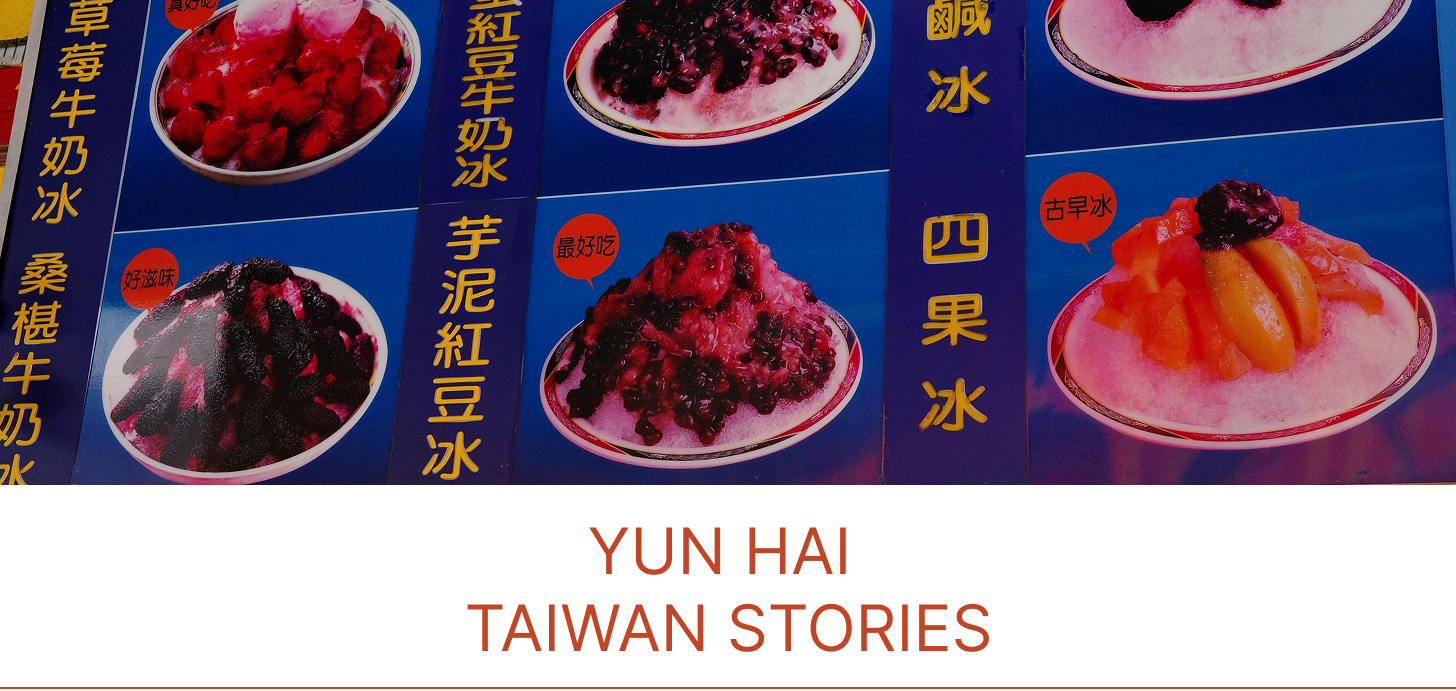
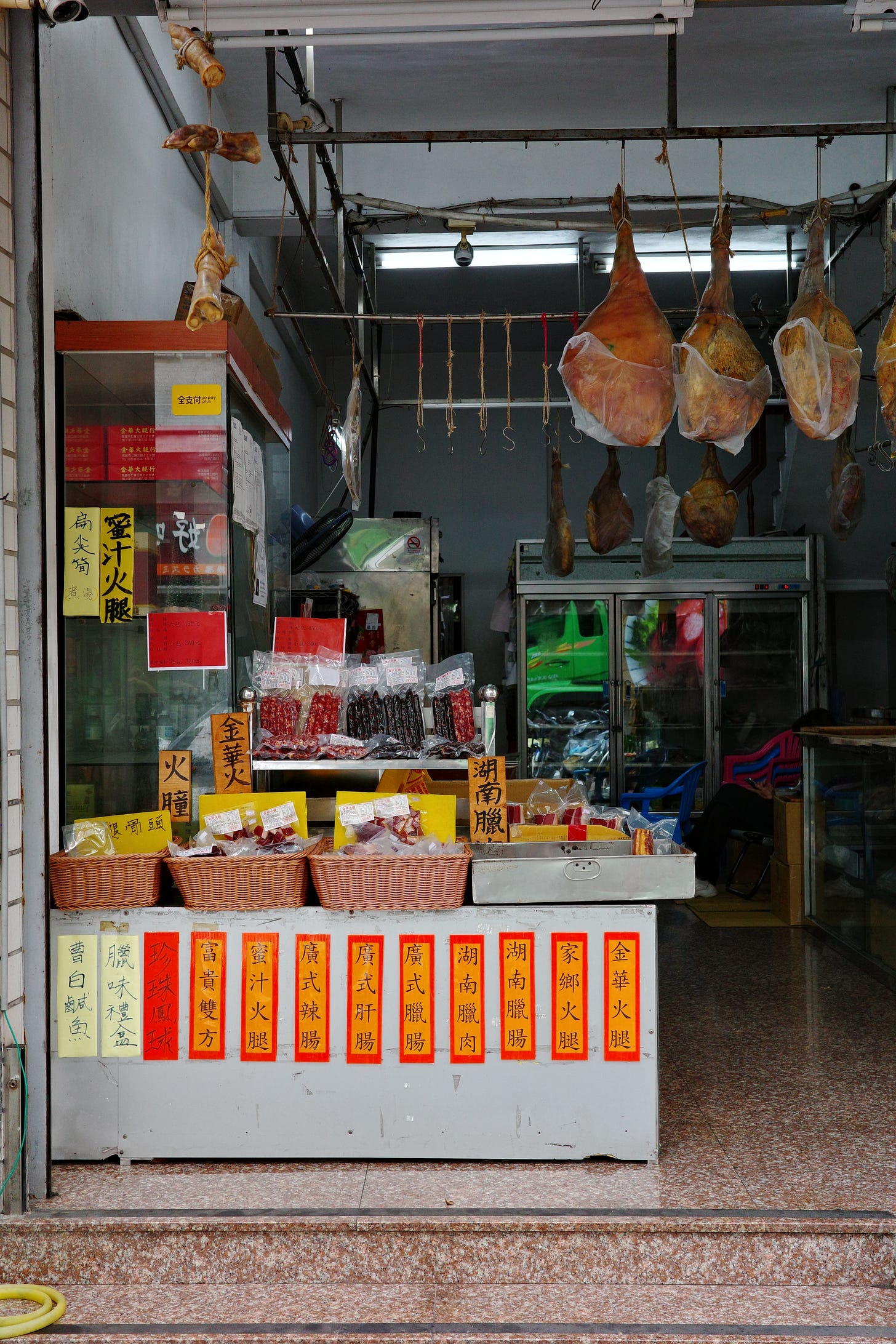
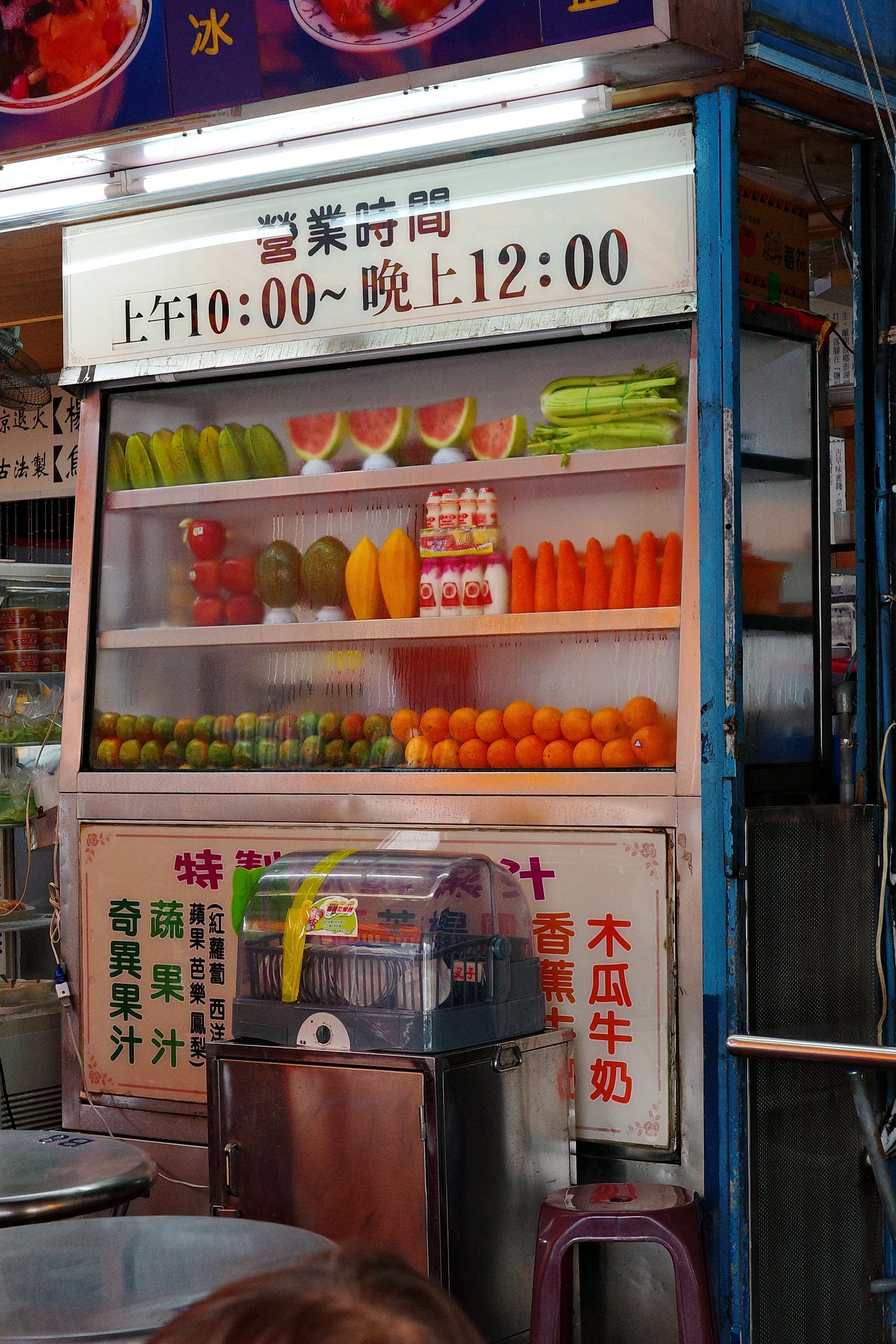
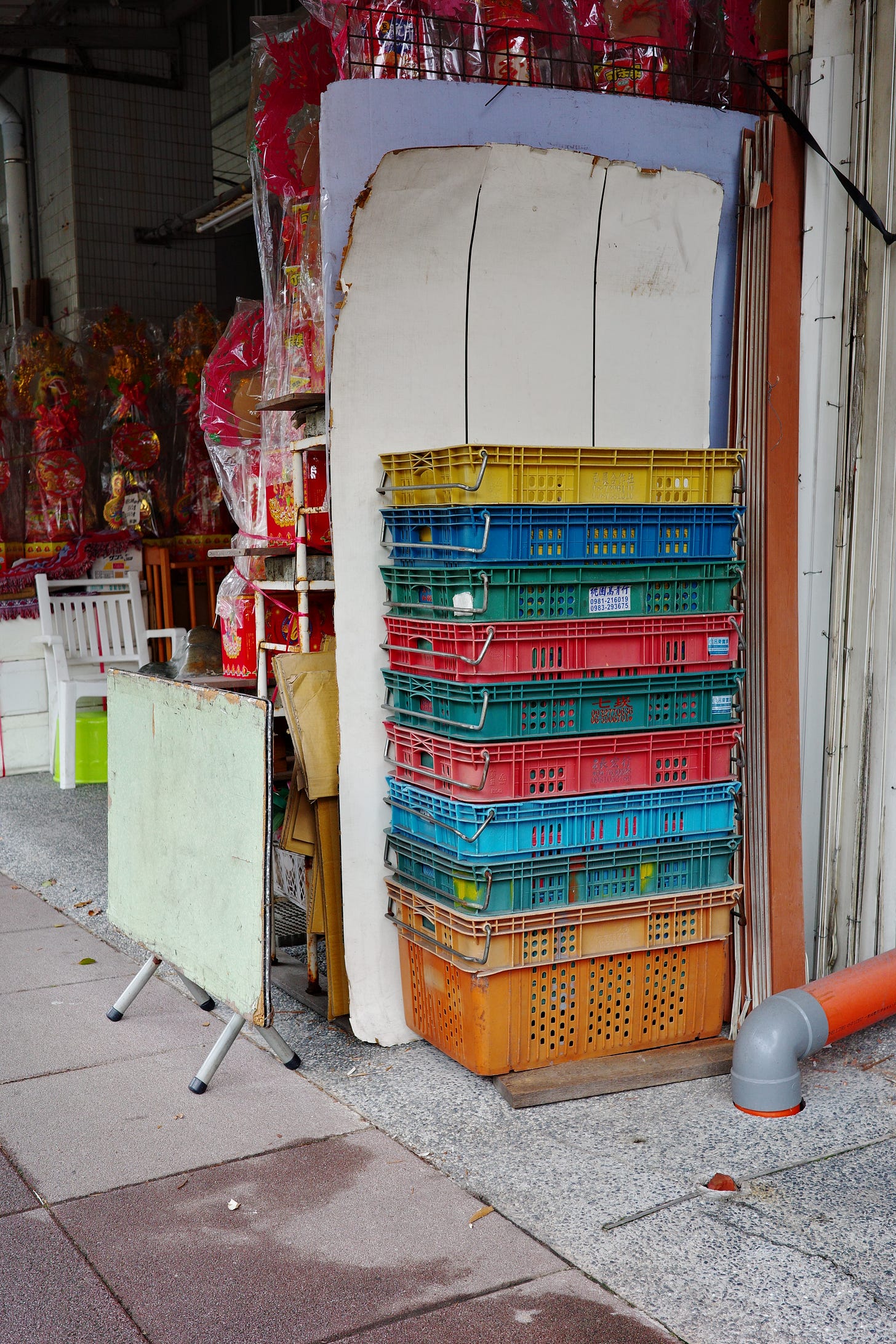
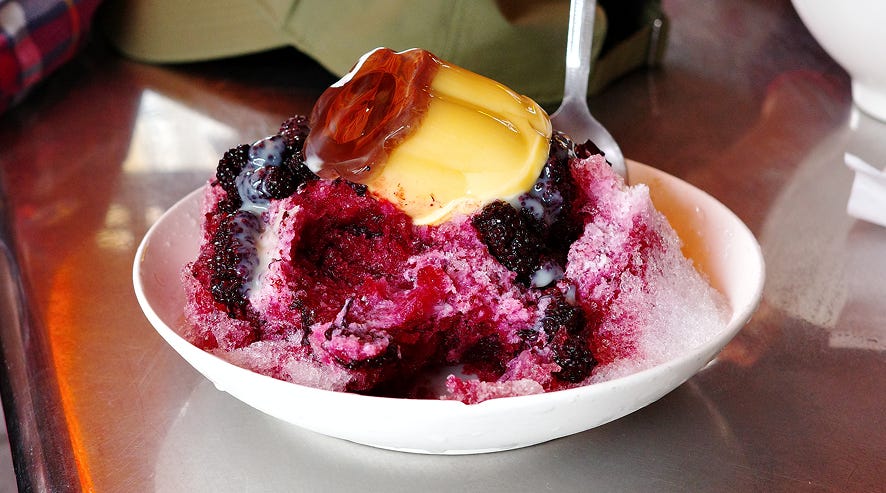

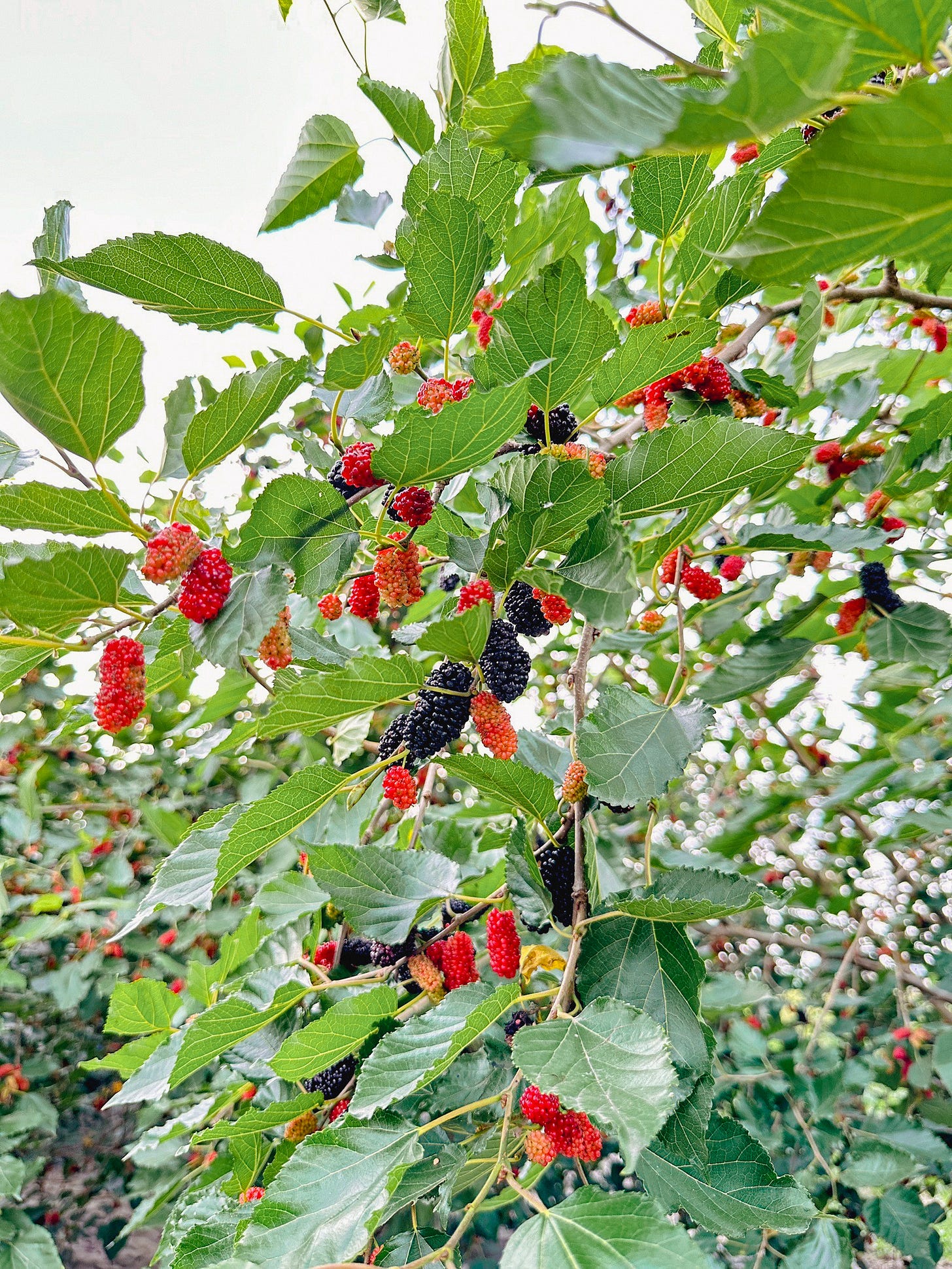

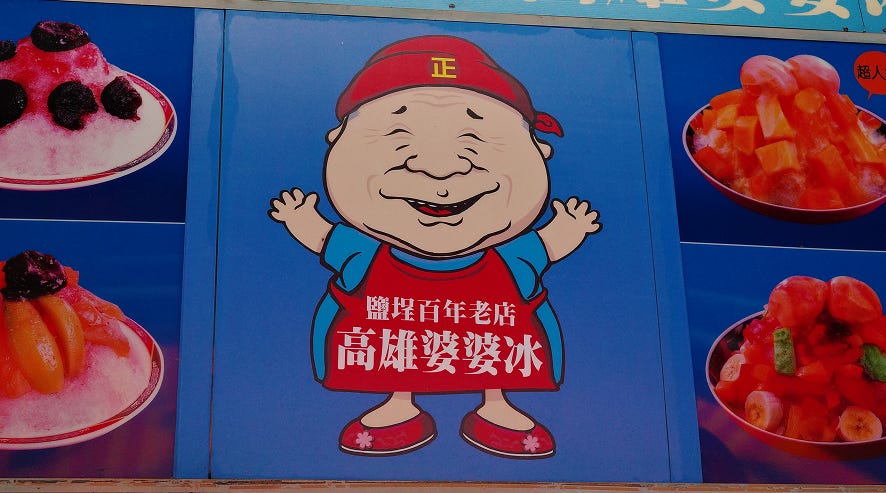
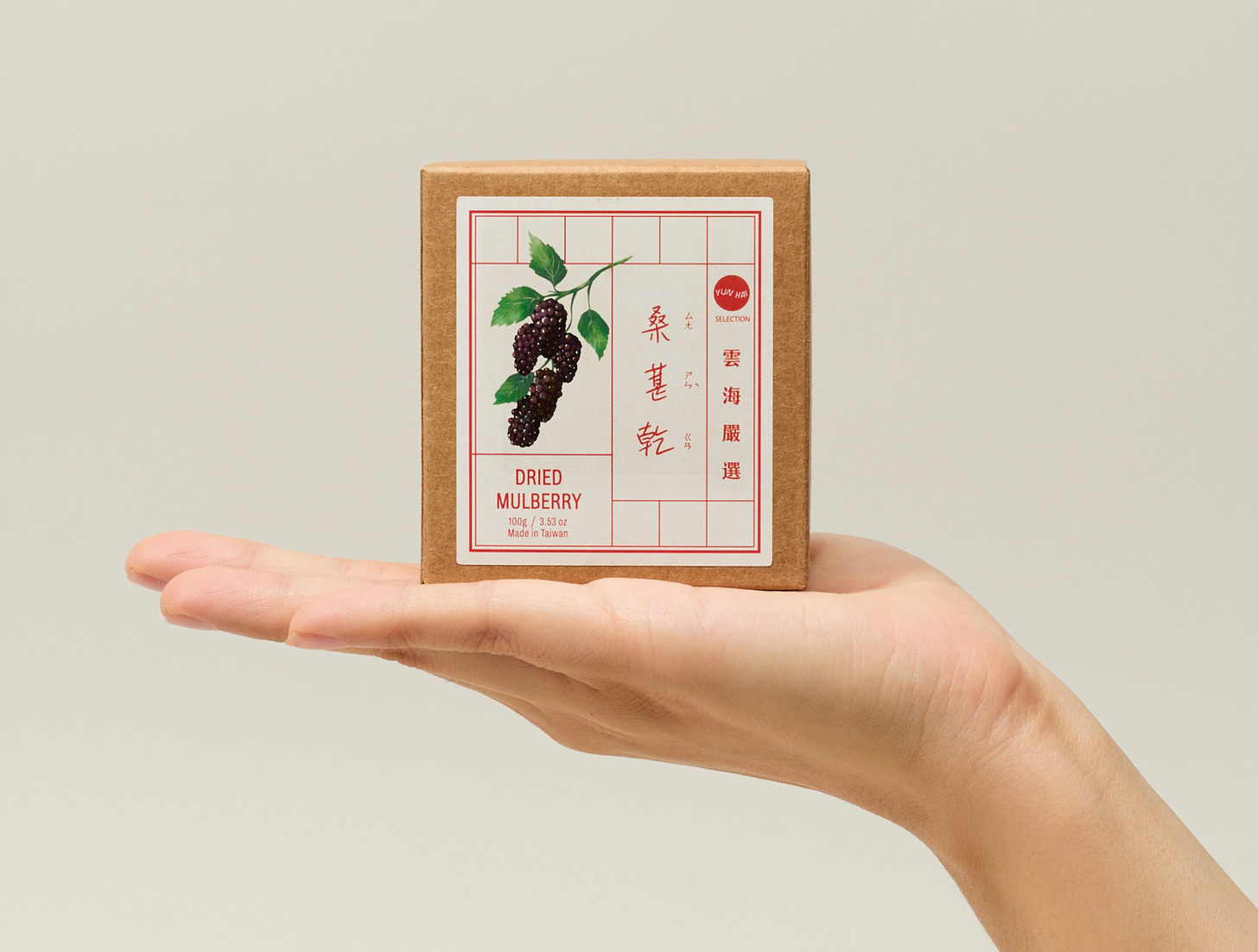
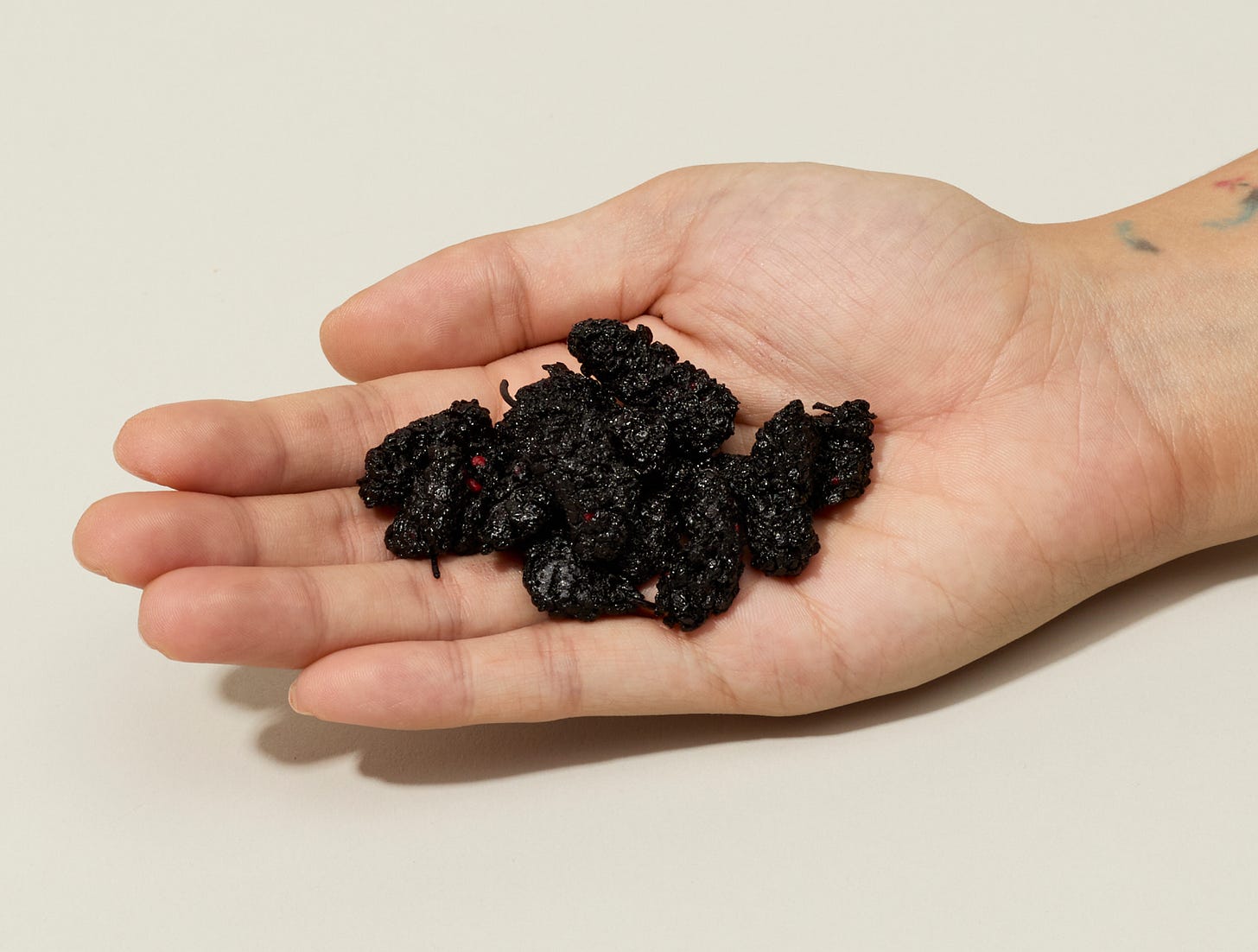
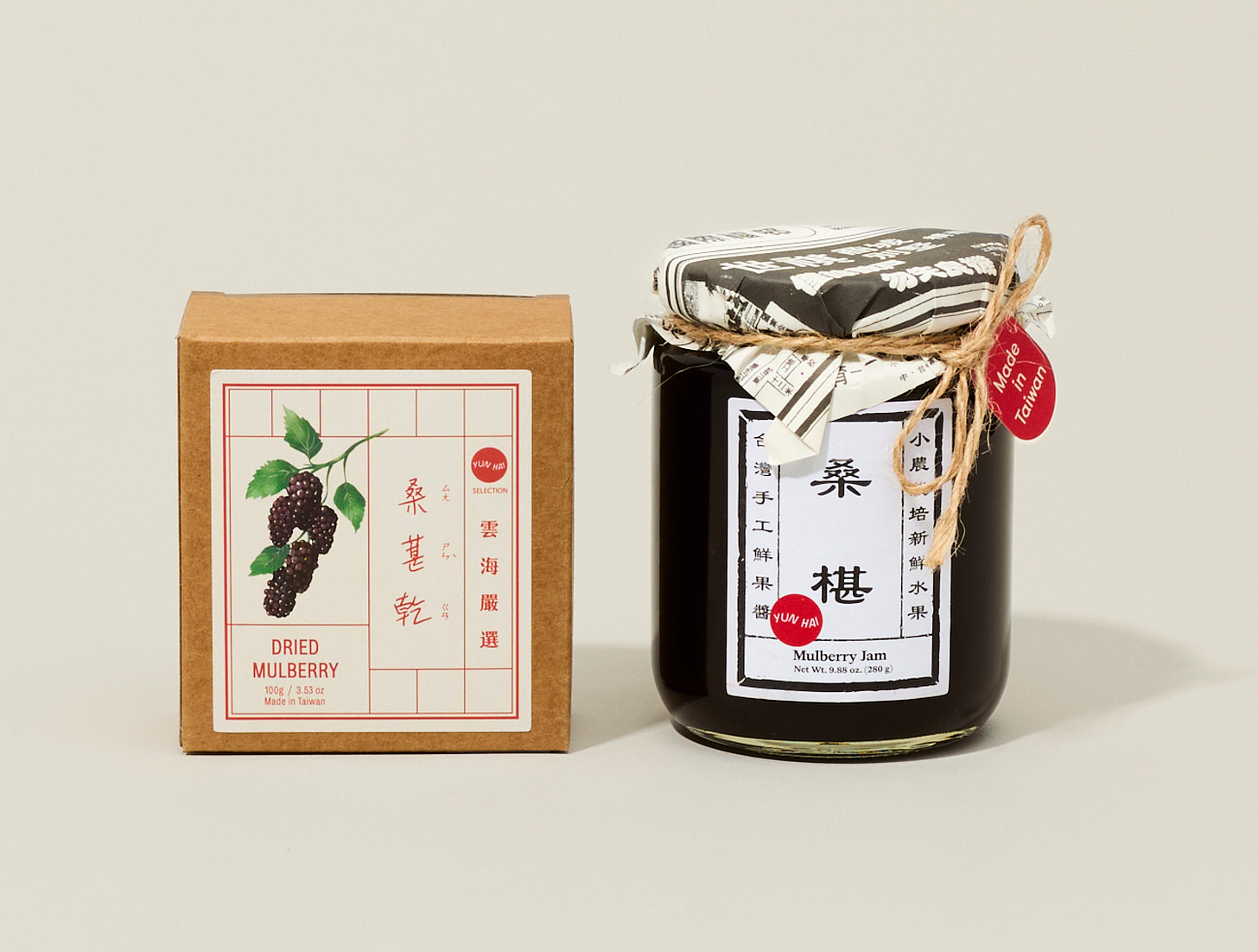

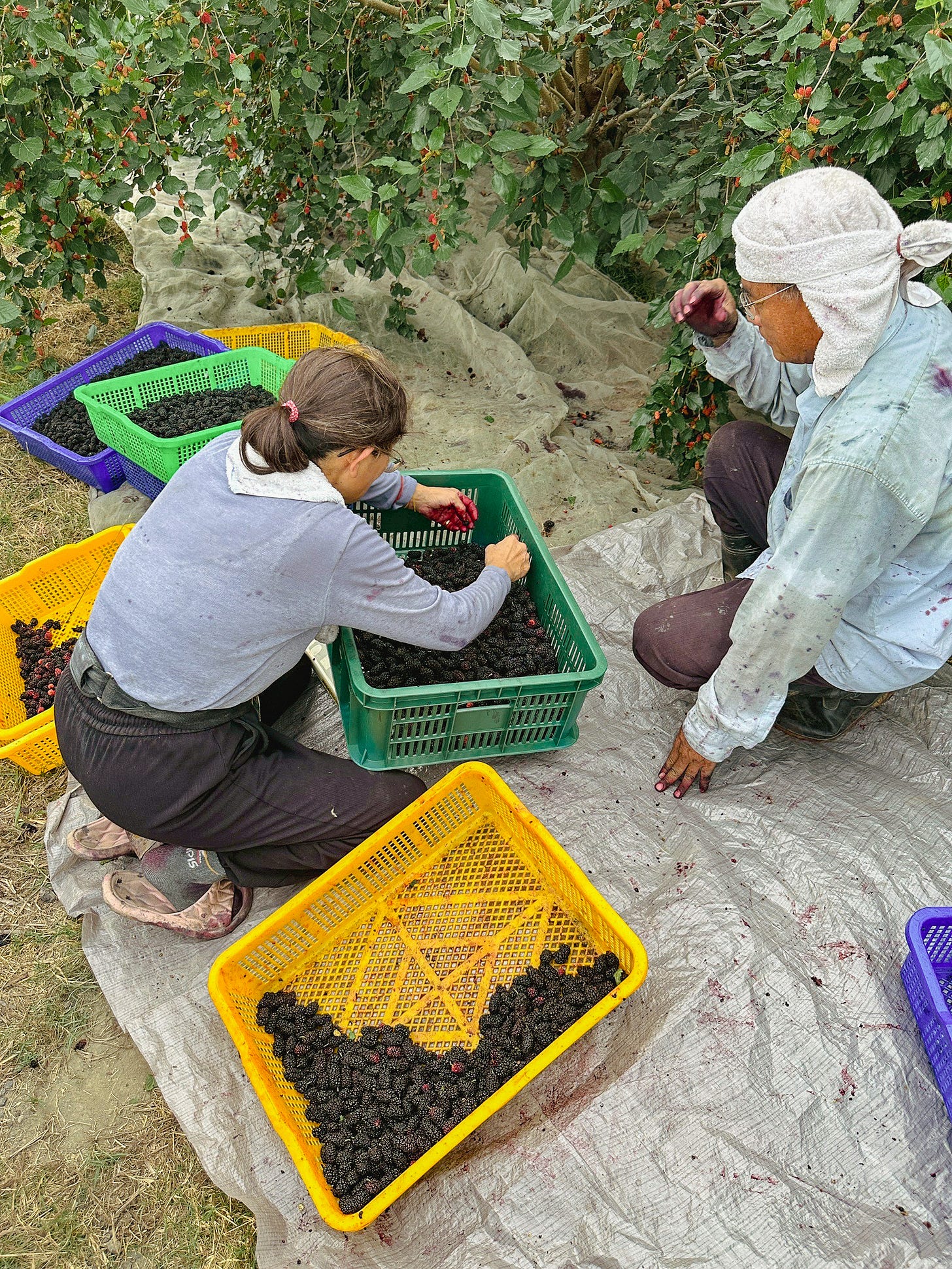
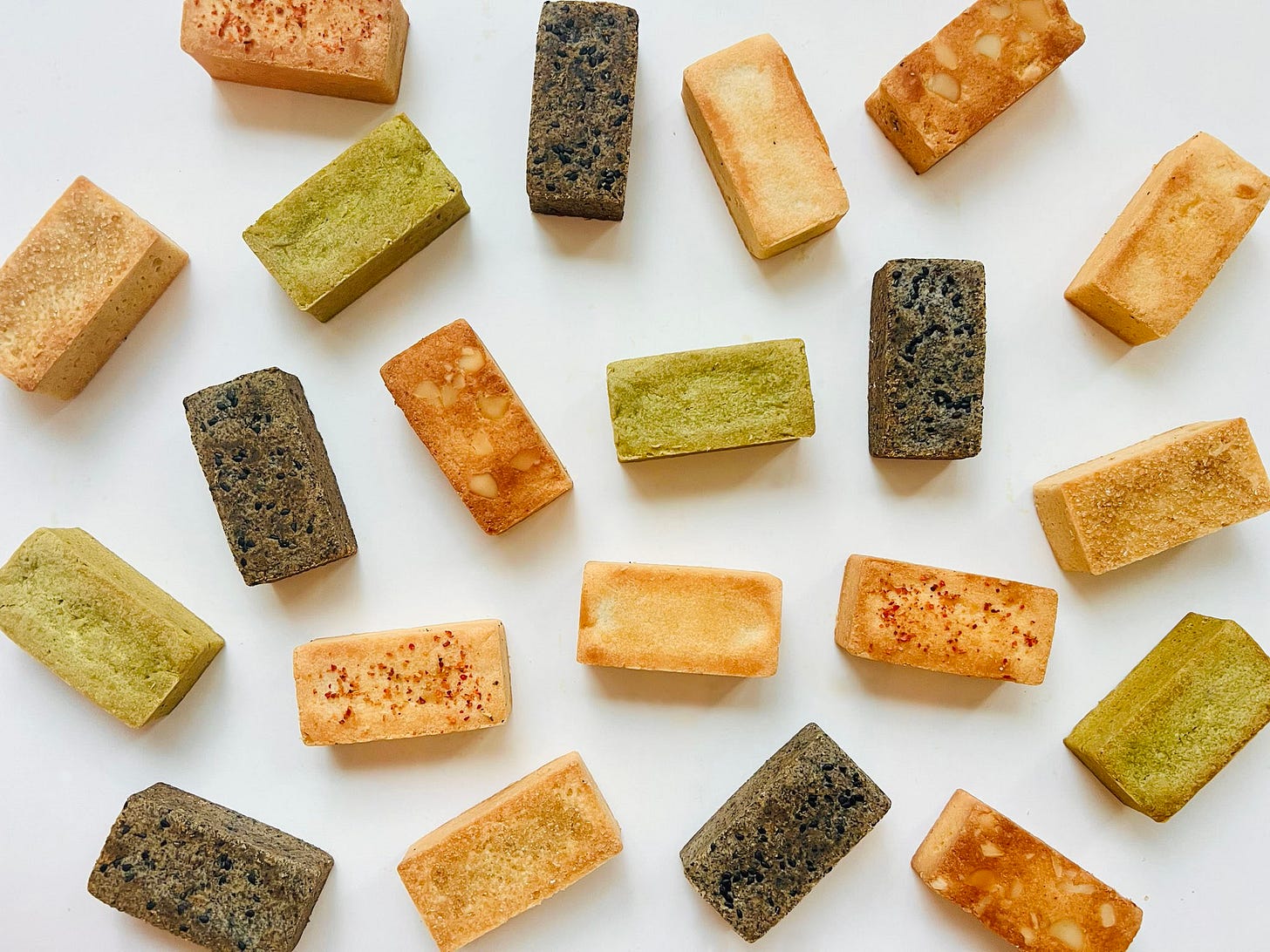



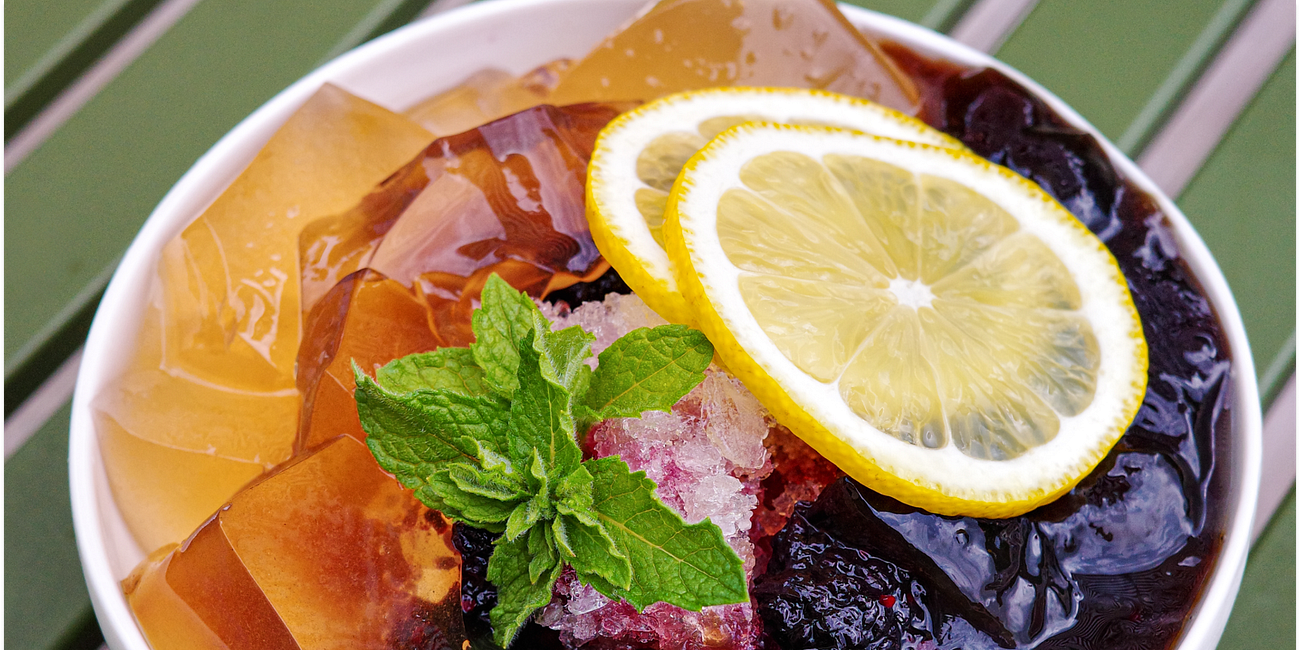
I lived in Taiwan for 5 years and I miss it so so much. Seeing your photos really brought me so much joy. I never tried mulberry during my time in Taiwan--clearly my loss! I might have to grab some, it looks so good. Especially that shaved ice omg. Thank you for sharing Taiwanese culture, I can't wait to read more!!